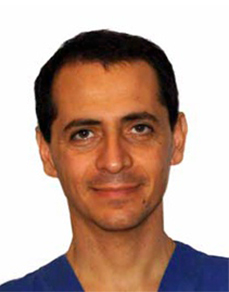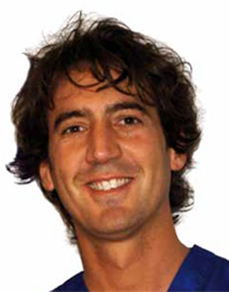

According to the applicable rules and regulations, I declare under my own responsibilities to be a dentist and therefore I am authorized to read the contents of this web site.

Graduated with honors in Dentistry at the University of Rome, specialized in Oral Implantology and Surgery. Adjunct Professor in Postural Gnatology and Implant prosthodontics. Active member of SIO and SICOI.

Graduated with honors in Dentistry at the University of Rome, specialized in Implantology, he has attended the Misch Implant Institute (Birmingham, Michigan, US). Winner of the Researchers award at Tor Vergata University, Rome, for his study on tissue regeneration. He cooperates as teacher and researcher in Oral Anatomy, Periodontology, Implant prosthodontics. Member of SIDP, SIO and SICOI